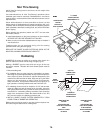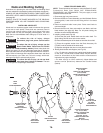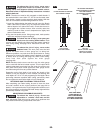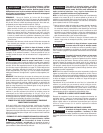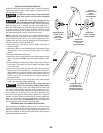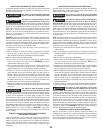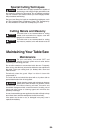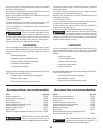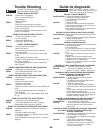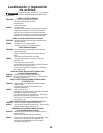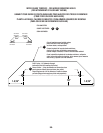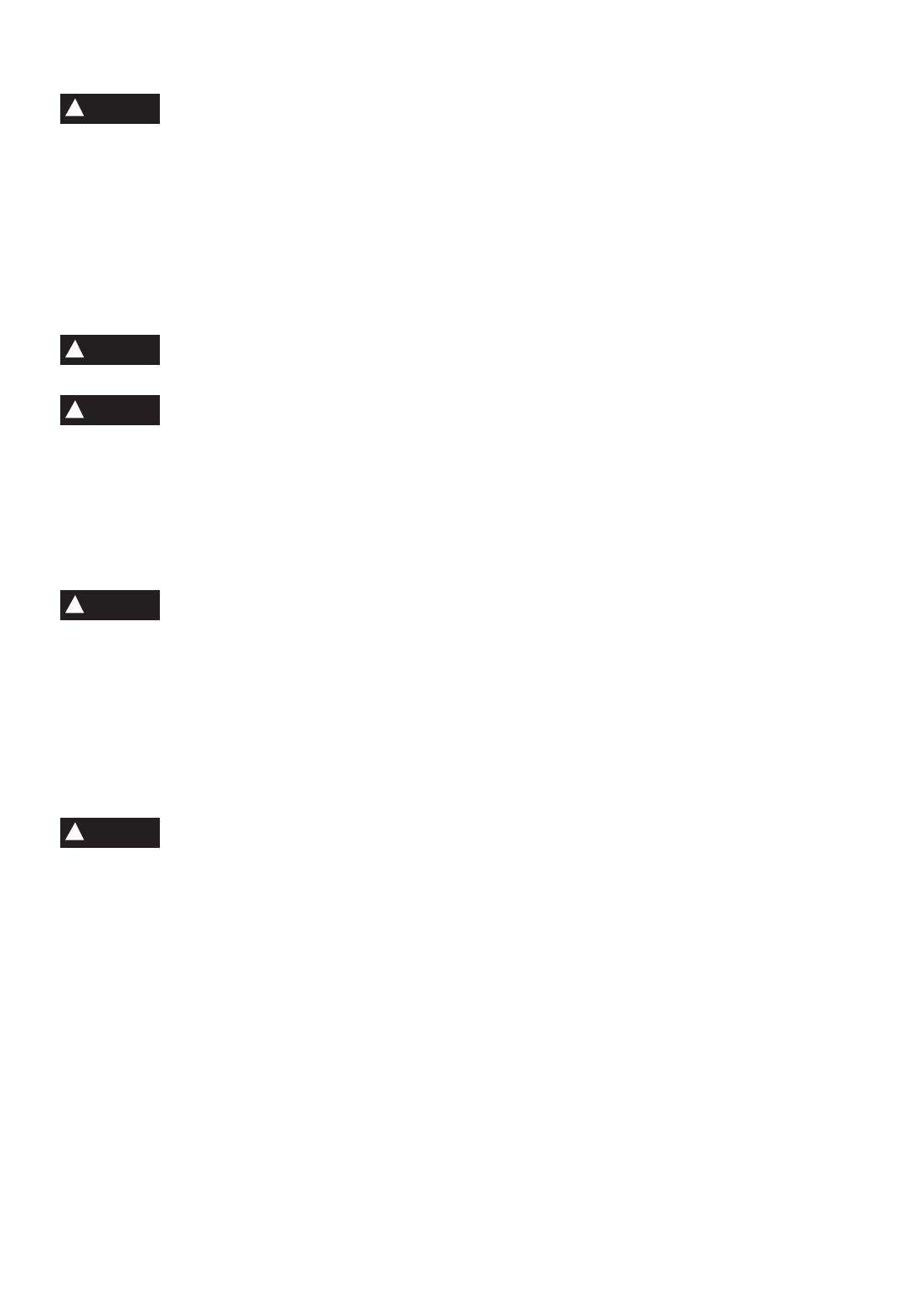
84
.
Special Cutting Techniques
This table saw is a highly versatile tool, capable of
performing a wide range of highly specialized cuts
t
hat cannot be covered in this manual. Do not attempt to perform
cuts not covered in this manual unless you are thoroughly familiar
with procedures and fixturing.
See your local library for books on woodworking techniques, such
as: The Complete Book of Stationary Power Tool Techniques by
R
.J. De Christoforo or Table Saw Techniques by R. Cliffe.
Cutting Metals and Masonry
This table saw is not recommended for cutting
metals, such as aluminum or copper, even with
a special blade designed to cut these materials.
This table saw is not recommended for cutting
any masonry material, even with abrasive cut-off
wheels.
WARNING
!
Maintaining Your Table Saw
Maintenance
For your own safety, turn switch “OFF” and
remove plug from power source outlet before
maintaining or lubricating your saw.
Do not allow sawdust to accumulate inside the saw. Frequently
blow out any dust that may accumulate inside the saw cabinet and
the motor. Clean your cutting tools (i.e. blades) with a Gum and
Pitch Remover.
Periodically clean the guard. Wipe it or blow it clean with
compressed air.
The cord and the tool should be wiped with a dry clean cloth to
prevent deterioration from oil and grease.
Certain cleaning agents and solvents can damage
plastic parts. Some of these are: gasoline, carbon
tetrachloride, chlorinated cleaning solvents, ammonia and
household detergents which contain ammonia. Avoiding use of
these and other types of cleaning agents will minimize the
possibility of damage.
A coat of automobile-type wax applied to the table will help to keep
the surface clean and allow workpieces to slide more freely.
If the power cord is worn or cut, or damaged in any way, have it
replaced immediately.
WARNING
!
WARNING
!
WARNING
!
WARNING
!



